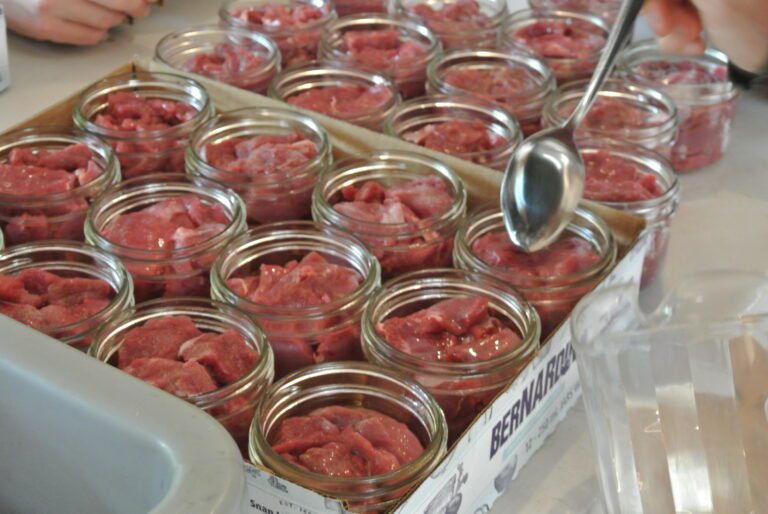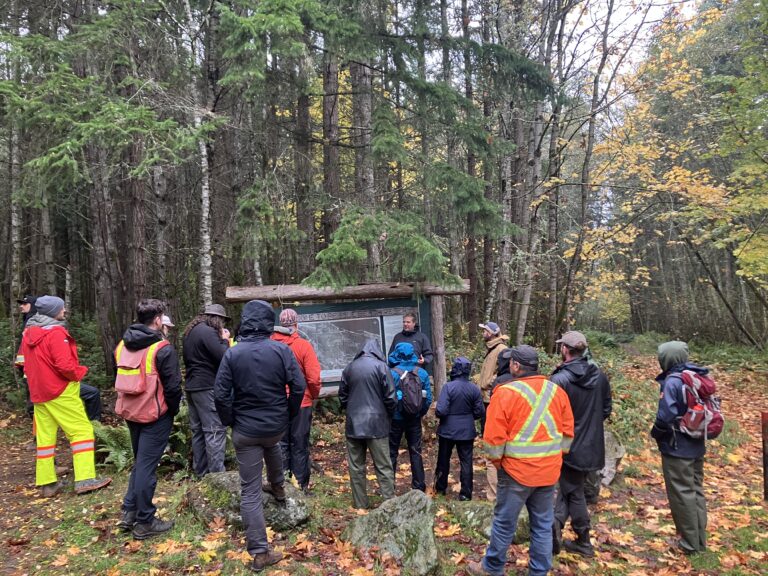Look out for wildflowers & press one of your favourite flowers
Challenge starts May 18th and finishes June 1st

Who doesn’t love flowers? Currently, the native plants on the Southern Gulf Islands & greater Victoria area are blooming in magnificent and diverse colours! See if you can spot all of the native wildflowers below:


Do you know who else is attracted by flowers? Yes, Pollinators!
Around 200,000 different animals have a symbiotic relationship with flowers. Hummingbirds, bats, rodents, even little marsupials make up around 1,000 species and the rest are invertebrates, including flies, beetles, butterflies, moths and bees. The invertebrates are the pollinators par excellence!
Animals benefit from the pollen and nectar plants produce, whereas the flower benefits from the act of pollination. Pollination is the transfer of pollen from one male part of a plant to one female part of a plant, facilitating fertilization and the production of seeds. Invertebrates for example, land on a flower, attracted by the pollen and nectar, and inadvertently dust themselves with pollen as they feed, then carry that pollen to the other flowers they visit (most of the time the same species). Pollen is a nutrient-rich food source and most plants produce it in abundance, whereas nectar is produced by certain specialized plant species, as an additional attractant for pollinators.
The production of flower nectar does cost the plant lots of photosynthetic energy and water and seems to have no other benefit than to attract pollinating animals, but has proven to be a worthwhile trade-off for many species. In some scenarios, nectar is easy to access – but with more specialization of how a flower has evolved, only some adapted pollinators can access the nectar. For example, some pollinating animals need a long proboscis (elongated sucking mouthpiece) or tongue to be able to reach the nectar; some even need to be able to open a little ‘door’ inside the flower to access the nectar. Specialized flowers have evolved alongside their pollinators, who have also specialized to harvest that specific type of nectar and pollen.
Specialized flowers have the benefit that they can be sure that the pollen will be brought to the right plant species by the pollinator, whereas unspecialized flowers have the benefit that there is a higher diversity of potential pollinators, and rely on probability (chance) that their pollen will reach another flower of the same species. The evolution of specialized flowers has only been possible through the ability of animals to detect different kinds of flowers.
Learn more about the types of pollinators that inhabit the Southern Gulf Islands and Victoria area by clicking the button below!
Harvest and Pressing Ethics
Flowers are necessary for plants to reproduce, and an important food source for pollinators, so flowers should only be picked from places where that species grows in abundance, and no more than one or two should be taken from any one spot. Most flowers can be picked easily by hand, but using scissors (only with adult supervision) can be helpful, because they make a cleaner cut, and allow you to remove the flower without disturbing the roots or other plants around it.

If you have picked flowers before, you know the cut stem can be set in water to allow the flower to stay hydrated and beautiful for longer. But after a few days, cut flowers wilt, and are usually placed on the compost pile. Pressing flowers when first picked allows them to hold their shape as they dry out, resulting in a 2-dimensional flower that stays beautiful much longer!
Flowers can be pressed in a large heavy book (or a large book with something heavy on top of it), but can discolour the book, so a good idea is to press the flower between a sheet of blank white paper and a piece of wax paper placed inside a large book. Weigh the book down and set it out of the way on a shelf for at least a week. When you open it up next week, do so carefully, to not break the fragile dried flower. You will have to gently peel back the wax paper to reveal the flower pressing. Leave the flower on the blank sheet of paper, which can be hung or framed to display your flower art!


